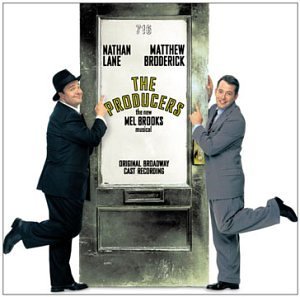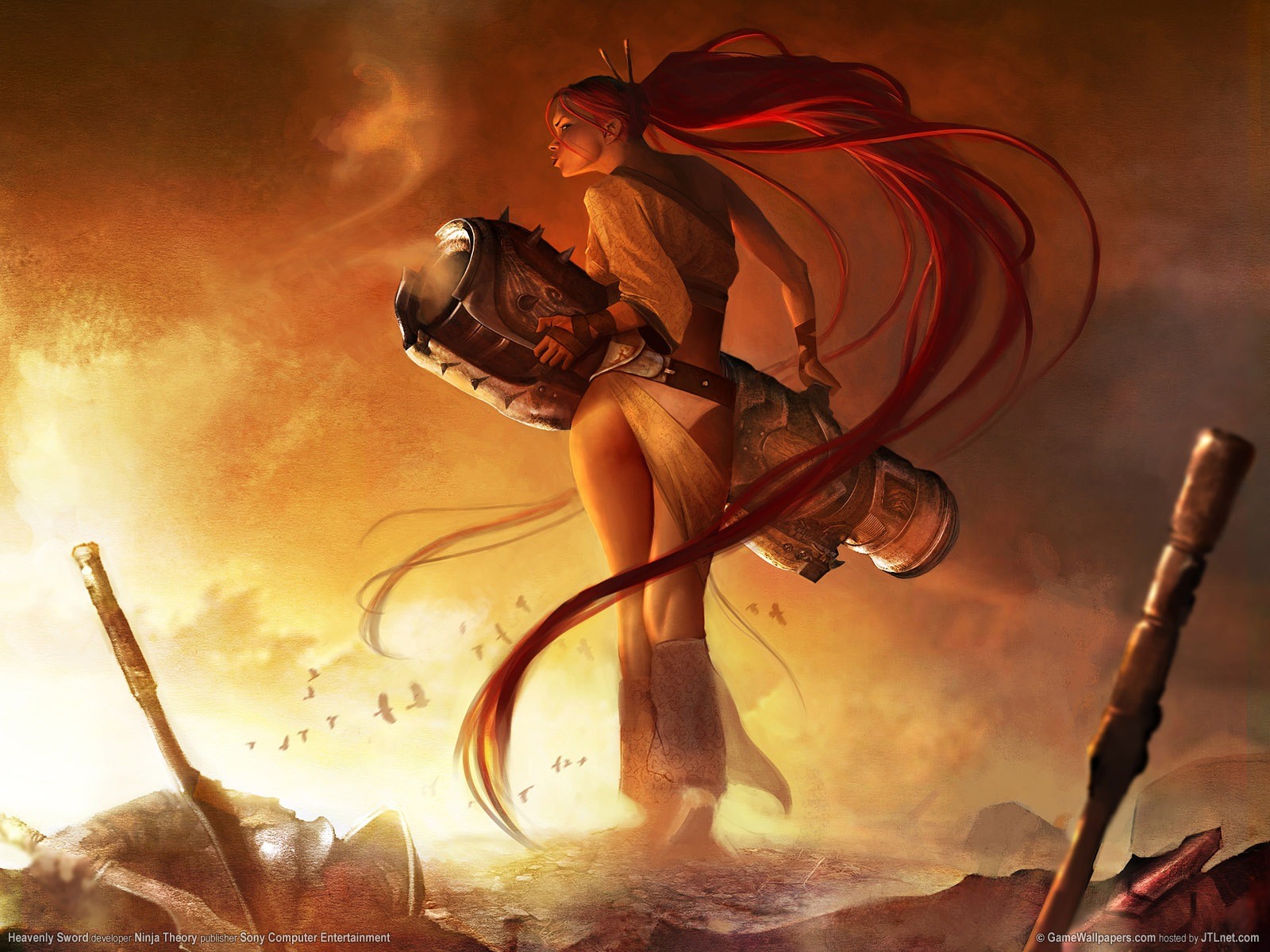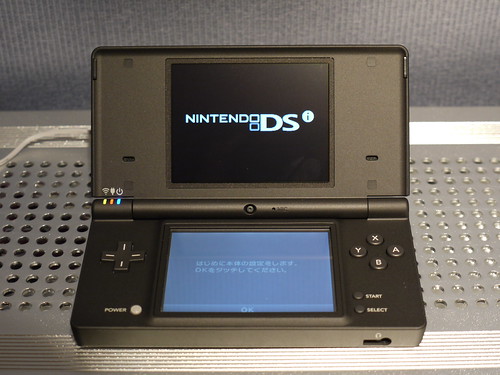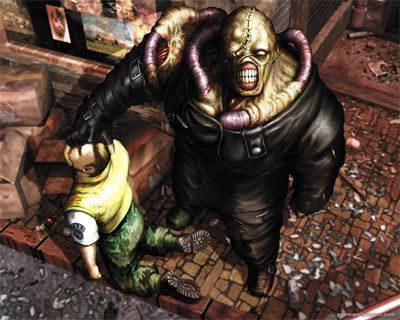
Editors note: It's now 11:56 p.m., on the night before this post goes up on tumblr and I realized something funny - I almost forgot to write up tomorrow's this entry. So far, getting by on this little month of blogging just means staying ahead.
Another Editors note: You're reading a cross-post from a separate tumblr blog I started over the summer. I'm just trying to keep the two intertwined for now because this blog started in NYC and I have trouble just moving on.
I had an opportunity to attend the New Producers Orientation event hosted at a local Public Access television station (channel 29 on your local SF Comcast or Astound). The building was called SF Commons, but the stuff we heard at the start of the presentation seemed awfully grim.
It turns out the core funding that helped maintain and run the staff of 11 at SF Commons, and helped keep the resource open to the local community, was gutted this past year. My figures might be off because I can barely find the energy to reach over and check my reporters notebook (something I carry everyday since a journalism class I took almost two years ago), but a figure of close to 900,000 was used to keep the site open was cut. It resulted in a staff of 11 people getting downsized to a paltry three.
Clearly, this wasn't the way I pictured something titled a new producers orientation to be.
After the sad stuff we moved on to future. The facility is being closed and the operation will be absorbed into another site because they can't afford the rent. The moving process starts on December 18th, and none of their regular classes or services will be restored until sometime mid-January (all tentative).
Still, the crew at SF commons then moved on to the nitty gritty. They outlined all the policies and procedures to sign up and grab a weekly or bi-monthly time slot. They answered any questions regarding equipment loans and required courses/knowledge. This was the only part of the evening that felt like business as usual. Things seemed to pick up and flow naturally, as if al the bad stuff at the start of the presentation vanished.
I don't regret going to this event tonight because two things simultaneously dawned on me. The first was that the non-profit public access/media scene is getting hit just as hard as the rest of the US right now, with plenty of people getting dragged into the unemployment line (and it sucks). The second is that for some of our video projects at Beacon to really shine, we have to push our way into using these spaces and equipment while their still available to the community. Through organizations like this we could use professional grade equipment and make something special that won't cost nearly as much as acquiring the stuff ourselves.
In the end, I walked out of there with a bunch of ideas and a lot of hope. Maybe that's all I ever needed in the first place.











 Still, I'll admit that the downtime was needed. No one likes to work year round, least of all me. Thursday we had an impromptu reunion of volunteer Beacon Staff at the Best Buy over on Harrison. A bunch of the cool kids (ATF!) invited me to go with them as they eagerly scouted the electronics giant for a worthwhile item to spend their prized $100 gift cards.
Still, I'll admit that the downtime was needed. No one likes to work year round, least of all me. Thursday we had an impromptu reunion of volunteer Beacon Staff at the Best Buy over on Harrison. A bunch of the cool kids (ATF!) invited me to go with them as they eagerly scouted the electronics giant for a worthwhile item to spend their prized $100 gift cards.




























